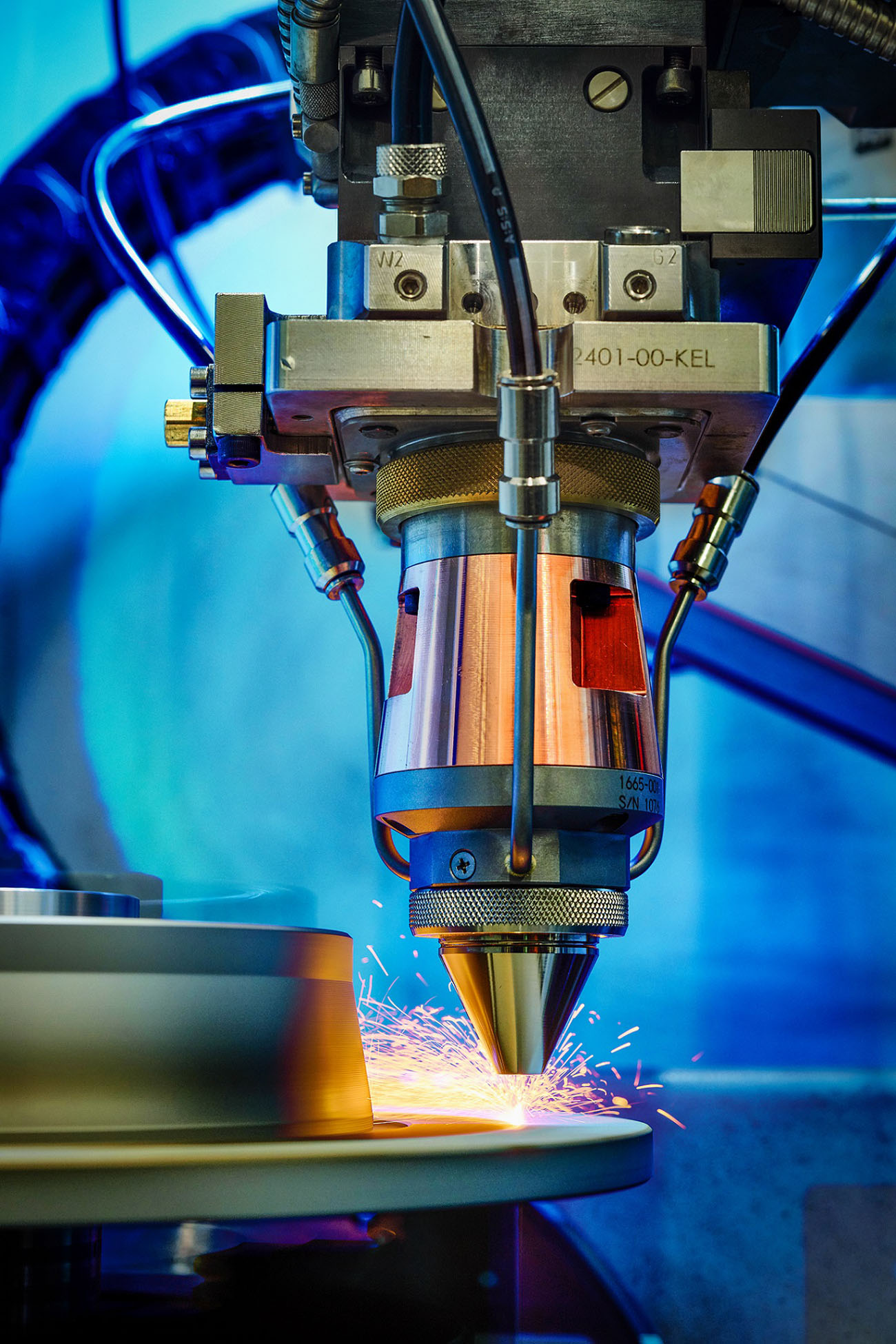
Fraunhofer Institute for Laser Technology ILT and RWTH Aachen University have developed a new coating process for brake discs which could help protect against wear and corrosion.
According to the organizations, brake discs are subject to more repeated mechanical loads than other auto parts. As a result of this continual abrasion, they produce fine particulate matter which can affect the environment. Traditional brake discs are made of grey cast iron containing lamellar graphite phases, and while this material has good thermal conductivity and high thermal capacity, it also has a strong propensity to corrode and has high material wear during service, Fraunhofer says.
Up till now it has been difficult to provide adequate protection for brake discs by means of conventional coating processes such as electroplating or thermal spraying because they do not produce a metallurgical bond between the cast iron and the protective coating. They are also expensive and use a lot of materials, the researchers say.
With the new process, called extreme high-speed laser material deposition (German abbreviation EHLA), the coating remains intact and therefore provides longer and more effective protection for the component, the organisations say. This can help increase service life and prevent early failure as a result of damage to the surface of the brake disc. Moreover, the process is suitable for a wide range of materials, making it viable to select a more environmentally friendly coating for each specific application.
Material combinations
The EHLA process involves melting the powder particles of the coating material directly in a laser beam, rather than in a melt pool on the surface of the component. As the melt pool now is fed by liquid drops of material rather than solid particles of powder, the coating process can be much faster, rising from the 0.5–2 meters per minute with conventional laser material deposition to as much as 500 meters per minute, the researchers say. This also reduces the exposure to heat of the material being coated, and new material combinations such as coatings for aluminum or cast-iron alloys can be used.
The low heat input also prevents carbon from dissolving from the brake disc into the melt, resulting in brittle phases, pores, joining defects and cracks in the coating and bonding zone, according to Fraunhofer.The EHLA process also uses as much as 90% of the fed powder material.
‘The EHLA process is ideal for use in the automotive industry, especially for coating brake discs,’ said Thomas Schopphoven, research fellow and team leader of productivity and system technology within the laser material deposition group at Fraunhofer ILT. ‘Conventionally, it’s very difficult to coat brake discs, because they have to withstand high loads, and there are also economic and environmental considerations. But with EHLA, it’s now possible to apply coatings that from a metallurgical bond with the base material of the disc and therefore adhere very strongly. Unlike conventional coatings, these do not flake and chip.’
This story uses material from Fraunhofer, with editorial changes made by Materials Today. The views expressed in this article do not necessarily represent those of Elsevier.




